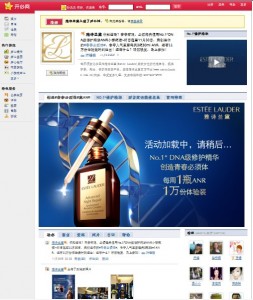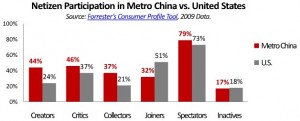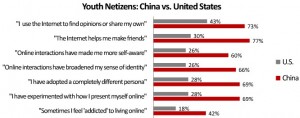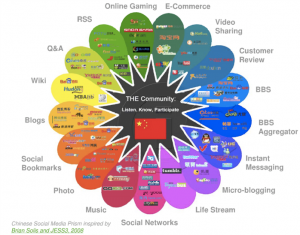Social Media and Privacy in China
Posted: November 16th, 2011, by Karen.SunPrivacy issues and identity theft in social media are a growing concern. Most people who post their personal information about themselves do not recognize the potential consequences of their actions, or maybe they simply don’t care if their entire life is an open book.
According to Consumer Reports’ 2010 State of the Net analysis more than half of social network users share private information about themselves online, opening themselves up to a variety of online dangers. The key findings of the report include the following:
- 25 percent of households with a Facebook account don’t use the site’s privacy controls or weren’t aware of them.
- 40 percent of social network users posted their full date of birth online, opening themselves up to identity theft.
- 9 percent of social network users dealt with a form of abuse within the past year (e.g., malware, online scams, identity theft or harassment).
In China, we use “manpower search” to describe people who take use of social media to search their “targets”. And post their outcome including the target’s name, address, salary, working company, cellphone number,blogs, etc on the public website. Some of these targets maybe the leading roles in the current popular topics or issues and most of themused to post their personal information via blogs, kaixin001.com. I worried that you post information that someone sinister could use against you.
Below are some tips from Robert Siciliano,the Personal Security and Identity Theft Expert, you may keep in mind if you use social media and regularly update your status or profile with pictures, video, or information about your whereabouts or daily routines:
- Before you post anything online,think about what a hacker, stalker, employer, or potential employer could do with that data.
- Don’t give away specifics. Don’t post your address, date of birth, kids’ names, pets’ names, phone numbers, or any account numbers or financial information of any kind.
- Do not tell the world you are going on vacation!
- Before posting pictures or videos, consider what a criminal or potential employer might see.
“Be aware of your social media use, and be smart about it.”–Robert Siciliano






